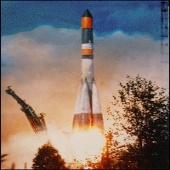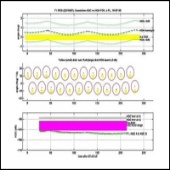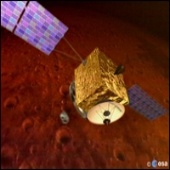ESA Science & Technology - News Archive
News archive
News archive
Published: 4 August 1998
Published: 27 July 1998
Published: 27 July 1998
Published: 25 July 1998
Published: 24 July 1998
Published: 24 July 1998
Published: 20 July 1998
Published: 20 July 1998
Published: 16 July 1998
Published: 15 July 1998
Published: 15 July 1998
Published: 15 July 1998
Published: 7 July 1998
Published: 30 June 1998
Published: 26 June 1998
Published: 25 June 1998
Published: 25 June 1998
Published: 23 June 1998
Published: 22 June 1998
Published: 19 June 1998
—
20 Items per Page
















